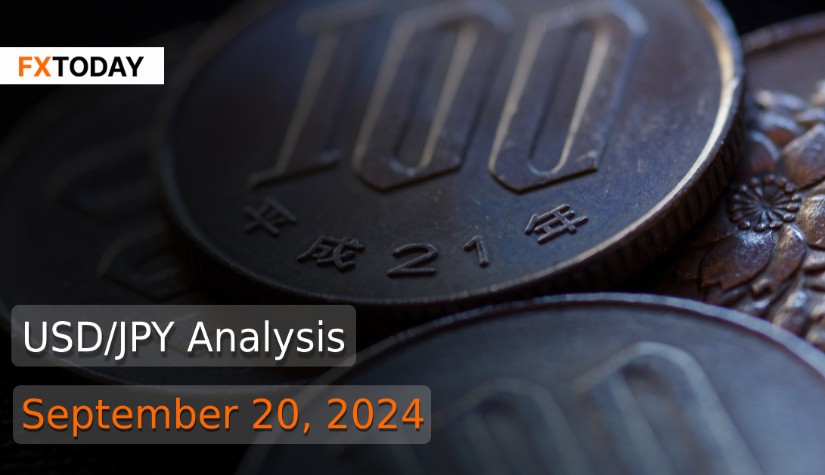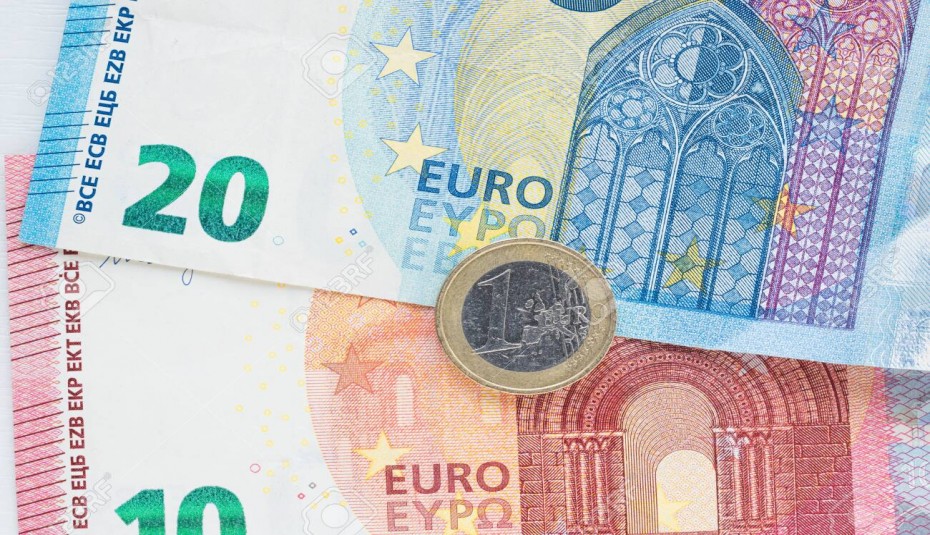Yen Strengthens as BOJ Maintains Policy; U.S. Dollar Weakens Following Fed Rate Cut
The Japanese yen strengthened slightly following the Bank of Japan's (BOJ) latest meeting, with the USD/JPY exchange rate reaching its lowest level in over nine months, briefly falling below 140 yen. Investors anticipate limited movement in the yen if the BOJ maintains its current policy, though any hawkish signals could strengthen the currency further. Despite this, the yen faced pressure as markets expected the BOJ to proceed cautiously on tightening, while the U.S. dollar struggled amid expectations of rapid U.S. interest rate cuts.
Japan’s economy is showing moderate recovery, supported by rising wages, although concerns remain over global risks and market volatility. The government reported strong corporate profits and wage growth for the April-June period, though typhoon-related disruptions impacted travel demand. Consumer spending, especially in services like dining out, is gradually recovering, though travel industries suffered from weather issues.
Finance Minister Shunichi Suzuki noted that the stronger yen has mixed effects on the economy, potentially benefiting exporters while raising import costs. He emphasized the importance of stable exchange rates and said the government would continue monitoring the yen’s impact.
Meanwhile, the BOJ is expected to keep its policy interest rate unchanged at 0.25% but may hint at future rate hikes due to solid wage growth and improving consumption. Inflation data for August showed core inflation at 2.8%, aligning with expectations and maintaining pressure for potential future rate increases.
Japan’s wholesale inflation slowed in August. Export growth also weakened, particularly to the U.S., highlighting concerns about domestic demand despite higher wages.
Meanwhile, Japan's core machinery orders unexpectedly fell in July. Business confidence among Japanese manufacturers dropped to a seven-month low in September, with sluggish Chinese demand and a global slowdown in electric vehicles cited as key concerns. Service sector confidence also dipped but is expected to recover due to robust foreign tourist spending.
Japan’s trade balance showed a smaller-than-expected deficit of 695.3 billion yen, primarily due to weaker exports and imports. Despite wage increases boosting local demand, the slowdown in imports casts doubt on the strength of Japan's economic recovery.
The U.S. dollar weakened in volatile trading after the Federal Reserve's 50 basis point rate cut and its shift toward an easing monetary policy. The U.S. Treasury yield curve steepened, signaling more rate cuts ahead, while jobless claims unexpectedly dropped, reflecting labor market strength.
The U.S. current account deficit surged in Q2 due to increased imports, reaching its highest level in over two years. Meanwhile, U.S. mortgage rates fell to their lowest since February 2023 following the Fed's rate cut, though housing market activity remains sluggish, with existing home sales falling short of forecasts. Despite lower borrowing costs, the housing market may continue to struggle with supply shortages.
However, Fed Chair Jerome Powell expressed confidence in economic growth, despite the rate cuts, and ruled out a return to the ultra-low rates of the pandemic era. Federal Reserve policymakers projected that the benchmark interest rate would decrease by 0.5 percentage points by the end of this year, a full percentage point in 2025, and another 0.5 percentage points in 2026. Markets now expect an additional rate cut in November.
Data for Technical Analysis (1D) CFD USD/JPY
Resistance : 143.61, 144.09, 144.88
Support : 142.03, 141.55, 140.76
1D Outlook
Source: TradingView
Buy/Long 1 If the support at the price range 140.83 – 142.03 is touched, but the support at 142.03 cannot be broken, the TP may be set around 143.75 and the SL around 140.23, or up to the risk appetite.
Buy/Long 2 If the resistance can be broken at the price range of 143.61 – 144.81, TP may be set around 147.27 and SL around 141.43, or up to the risk appetite.
Sell/Short 1 If the resistance at the price range 143.61 – 144.81 is touched, but the resistance at 143.61 cannot be broken, the TP may be set around 141.69 and the SL around 145.41, or up to the risk appetite.
Sell/Short 2 If the support can be broken at the price range of 140.83 – 142.03, TP may be set around 139.64 and SL around 144.21, or up to the risk appetite.
Pivot Points Sep 20, 2024 03:12AM GMT
|
Name
|
S3
|
S2
|
S1
|
Pivot Points
|
R1
|
R2
|
R3
|
|---|---|---|---|---|---|---|---|
| Classic | 139.63 | 140.76 | 141.69 | 142.82 | 143.75 | 144.88 | 145.81 |
| Fibonacci | 140.76 | 141.55 | 142.03 | 142.82 | 143.61 | 144.09 | 144.88 |
| Camarilla | 142.05 | 142.24 | 142.43 | 142.82 | 142.81 | 143 | 143.19 |
| Woodie's | 139.53 | 140.71 | 141.59 | 142.77 | 143.65 | 144.83 | 145.71 |
| DeMark's | - | - | 142.26 | 143.1 | 144.32 | - | - |
Sources: Investing 1, Investing 2
















